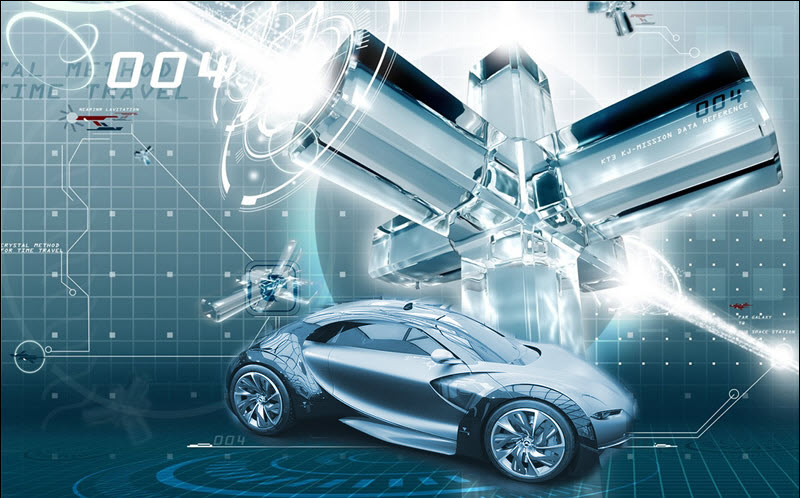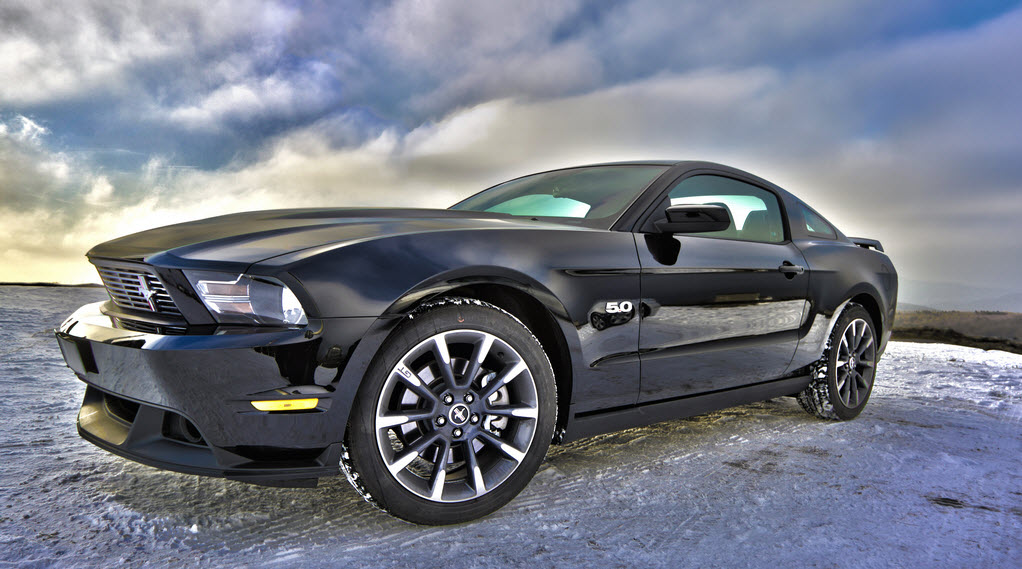
Its 2013, a year of hopes some say. As everyone was expecting end on the world in December 2012, here we are celebrating another new year with much anticipation. What’s more in store for you? Some pretty cool technologies that will not only surprise you but also will strike a question in your mind; is it for real? Yes it is. We’ll soon see a tremendous inflow of manufacturing of electric cars. With all the car makers taking different routes to fit in electric motors to their lineups, we’ll soon see some fascinating cars hitting the road which will give tough competition to petrol and diesel cars in the true sense of the word.
Everybody knows that electric cars are now just not something which you can see in sci-fi movies. It’s the need of the hour. With our environment taking toll of poisonous gases from millions of vehicles every day, there is definitely a need for environmental efficient cars. Well, its easy for us to say but its tough to make it practically viable. As of now, we cannot see everybody driving electric cars because manufactures have to solve some major problems, so as to create an alternative for combustion engine.
Majority of the car manufacturers have at least one such car in their assembly lineup which uses a combustion engine and an electric motor to run it. This system would lead to increased power with reduced emissions. But still, using an electric motor solely is not practical for all cars because cars powered by electricity don’t have the range which a combustion engine has and also they take a lot of time to get charged. Many major car manufactures have proposed such cars which would run only on electricity providing more torque than conventional diesel and petrol cars but such concepts are more futuristic than practical in the current market scenario.
Many electric car models are available with many models getting added with the increase in advanced technologies. Nissanhad launched Leaf in December 2010, adding 11 new models to the list. The most popular car in this segment is the Tesla Model S which is the fastest electric vehicle as of now which comes under luxury car category and also has the longest range. Mitsubishi’s i-MiEV is one such car which is giving Nissan Leaf a tough competition. Honda, Fiat and Toyota have lined up their cars for limited selling.
Keeping in mind the environmental impact, we can say that electric vehicles won’t get much resistance from consumers but like any fresh technology that comes up, buyers will have to get used to the benefits and troubles of electric vehicles before pulling out money from their pockets.















